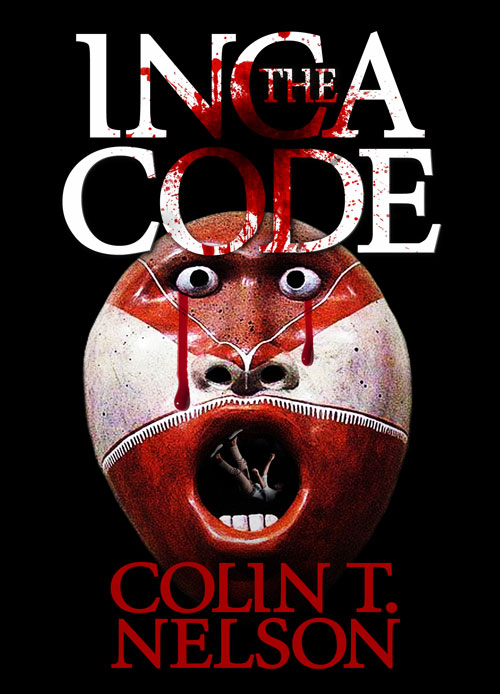Director, Steven Soderbergh’s new film about a pandemic in the U.S, Contagion, is opening this weekend. Since my book, Reprisal, is about a threatened small pox pandemic, I’m looking forward to seeing the film.
What is a pandemic?
When a contagious disease spreads unchecked across several countries, it’s called a pandemic. When that disease is deadly, it’s a disaster. Here in the U.S. with our good public health services, it seems unreal that a disease could spread in our country. Besides, couldn’t our modern medicine stop any disease?
Certainly, we’ve come along way in public health measures since plagues swept across Europe in the Middle Ages, killing more that one quarter of the population. Back then, people didn’t know about bacteria and viruses, seldom washed their hands, food, clothing, or dishes. Sewage treatment was minimal and people often lived with animals in their homes–a common way for disease to spread since it can jump from the animals to humans. Nor did people have vaccinations for the prevention of disease.
The 20th Century was different, right?
In 1914 the “Spanish Influenza” scoured the U.S., killing more people at home than the number of American deaths in World War I which was going on then. How did it happen?
It started because in many areas of the country, people still lived in crowded conditions where they infected each other easily. Vaccines weren’t available yet in widespread distribution to either prevent or stop the spread. Sanitation as we know it today, was still primitive in many areas of our country–a ripe ground for the growth of an epidemic.
Could a pandemic occur today?
Although the U.S. practices public health measures, in many parts of the world conditions conducive to the out-break and spread of deadly diseases exist such as:
1. Crowded living with dense population
2. Animals living in close proximity to people
3. Lack of effective sewage treatment, or worse sewage residing next to human habitation
4. Lack of preventative medical practices and vaccinations
5. Lack of widespread medical care once an epidemic explodes.
So how does this threaten the U.S?
Think of the thousands of people who come and go into the country every day on vacations, business travel, students, workers, illegals, and government officials from all over the world. Each one could be a potential carrier of a deadly disease. Or better yet, to get an idea of crowded situations, all you have to do is think back to your last airport experience or plane ride. Talk about crowded!! The woman coughing across the aisle could have infected you, even though in your home you were exceptionally careful to avoid infectious situations.
Still, you might ask: So what? If I’m infected, I could go to my doctor, get the proper meds, and stop the spread of the disease right away. Maybe…
Remember the anthrax scare in Washington D.C. a few years ago? Or consider this fact: small pox, the deadliest killer in the history of the world, was eradicated from the planet in 1979 with the exception of two repositories of the virus. One is located in Atlanta at the Center for Disease Control and Prevention and the other at a site called Vector, Russia. Here’s the dangerous fact: since the disease was eradicated from the world, vaccination against it stopped so that today, no one in the world is immune to small pox anymore.
What if small pox broke out again somehow..?
See: www.takepart.com/contagion






